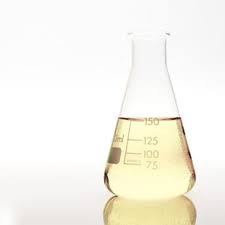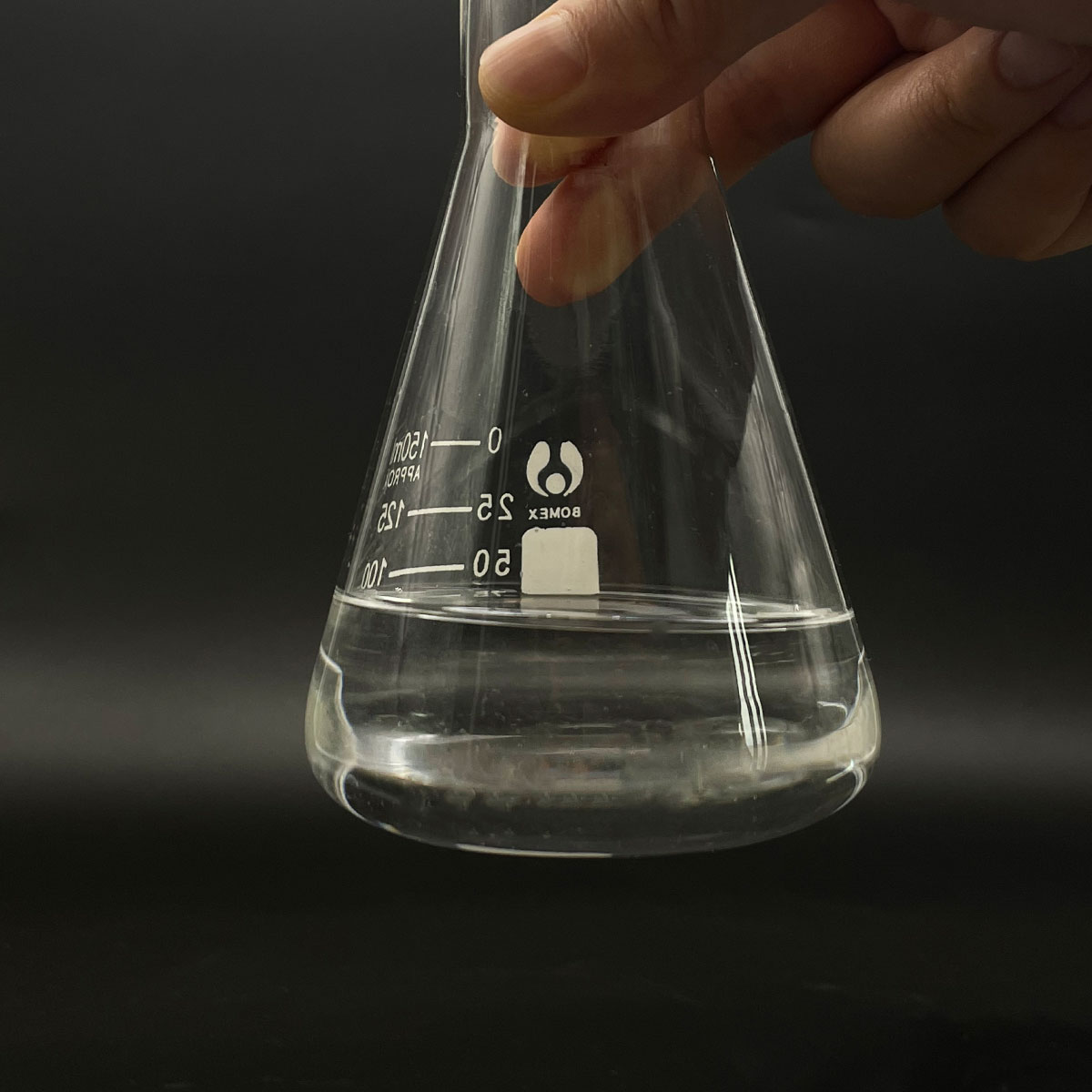**When Do Lungs Get Their Magic Soap?**
(When Does Surfactant Develop)
Breathing seems simple. You do it all day without thinking. But here’s a secret: your lungs didn’t always know how. Before birth, they needed a special ingredient to work—a slippery substance called surfactant. Without it, every breath would feel like blowing up a balloon coated in glue. So when does this “magic soap” show up? Let’s dive in.
Surfactant is like dish soap for your lungs. It coats tiny air sacs called alveoli, keeping them from sticking together when you exhale. Imagine blowing bubbles. Without soap, water alone makes weak bubbles that pop fast. Add soap, and they float easily. Surfactant does the same for your lungs, making breathing smooth instead of a sticky struggle.
Now, the big question: when does this stuff develop? For babies growing in the womb, surfactant production starts around week 24 of pregnancy. But here’s the catch. At this stage, there’s barely enough. The real surge happens later, between weeks 30 and 34. Think of it like a factory slowly ramping up production. Early batches are small. By month eight, the factory is running full speed.
Why does timing matter? Babies born too early—before week 34—often struggle with breathing. Their lungs haven’t made enough surfactant. The air sacs collapse, making each breath a fight. This condition is called respiratory distress syndrome (RDS). Decades ago, many premature babies didn’t survive because of it. Today, doctors can give synthetic surfactant to help. But preventing RDS still depends heavily on buying time. Every extra day in the womb means more surfactant, stronger lungs, and easier breaths.
How do lungs even know when to make surfactant? It’s a mix of genetic programming and hormonal signals. Around week 20, special lung cells start prepping. These cells, called type II pneumocytes, act like tiny chefs. Their recipe? Mix proteins and fats into a foamy surfactant blend. Hormones like cortisol speed things up. Stress isn’t always bad—in this case, a little stress hormone tells the body, “Hey, finish the lungs ASAP!”
Scientists figured out surfactant’s role in the 1950s. Before that, premature births often ended tragically. Babies would gasp for air, their lungs too stiff to expand. Autopsies showed lungs that looked dry, like crumpled paper. Researchers realized these lungs lacked something slippery. By the 1980s, synthetic surfactants changed the game. Survival rates for preemies jumped. Today, surfactant therapy is routine in neonatal care.
But nature’s version is still best. A full-term baby’s lungs have just the right amount—not too little, not too much. Too much surfactant could cause other problems, like blocked airways. Evolution fine-tuned this balance over millions of years. It’s why most babies arrive ready to breathe, no instruction manual needed.
What about animals? Surfactant isn’t just a human thing. Whales, elephants, even lizards have it. Deep-diving mammals like seals rely on extra-strong surfactant to keep their lungs flexible under pressure. Even eggs need surfactant. Chick embryos produce it to help break free from shells. Surfactant is everywhere life needs to push, stretch, or breathe.
For parents of preemies, surfactant is a lifeline. Modern medicine can’t replicate the exact timing of lung development, but it can bridge the gap. Doctors monitor pregnancies closely, using steroids to boost surfactant production if early labor seems likely. Every week counts. By week 35, most babies have enough to breathe on their own.
(When Does Surfactant Develop)
The story of surfactant is a reminder of how delicate human development is. Tiny details—like soapy molecules in the lungs—make life possible. Next time you take a breath, thank your lungs’ invisible helper. It’s the unsung hero that lets you sigh, laugh, or shout without a second thought.
Inquiry us
if you want to want to know more, please feel free to contact us. (nanotrun@yahoo.com)



